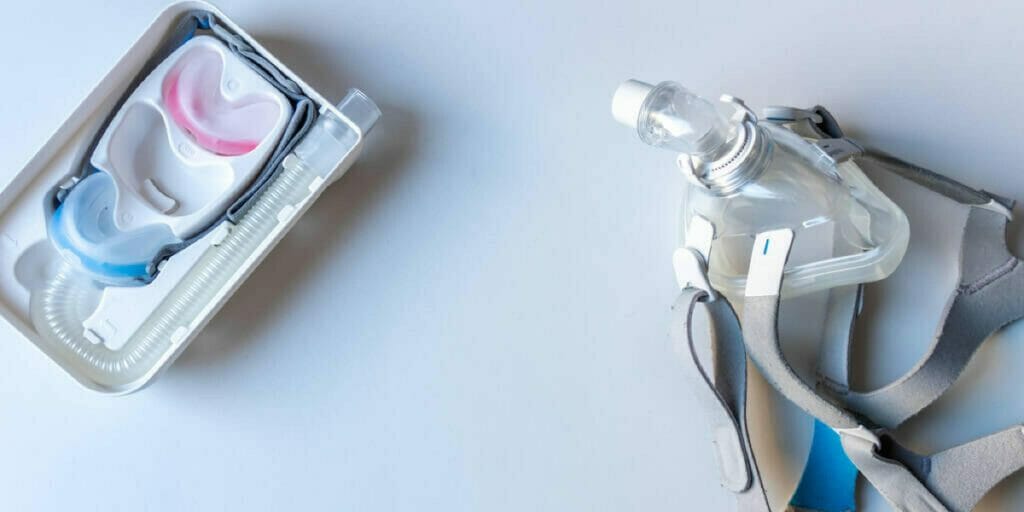Continuous Positive Airway Pressure (CPAP) machines are revolutionary devices designed to treat sleep-related breathing disorders, such as obstructive sleep apnea (OSA). By delivering a constant flow of air to the airway, CPAP machines prevent airway collapse and ensure uninterrupted breathing during sleep. In this article, we’ll explore the importance of CPAP therapy, how CPAP machines work, and their significant impact on sleep quality and overall health.
Understanding Obstructive Sleep Apnea (OSA)
Obstructive sleep apnea (OSA) is a common sleep disorder characterized by repetitive episodes of partial or complete obstruction of the upper airway during sleep. These episodes, known as apneas or hypopneas, lead to reduced airflow and oxygen levels, disrupting normal sleep patterns and causing a range of symptoms, including:
- Loud snoring
- Excessive daytime sleepiness
- Morning headaches
- Difficulty concentrating
- Irritability
- Mood changes
- Fatigue
If left untreated, OSA can have serious consequences for health, increasing the risk of hypertension, cardiovascular disease, stroke, diabetes, and other medical conditions.
The Role of CPAP Therapy
CPAP therapy is the gold standard treatment for obstructive sleep apnea (OSA) and other sleep-related breathing disorders. CPAP machines work by delivering a continuous stream of air through a mask worn over the nose or nose and mouth, creating positive pressure in the airway and preventing it from collapsing during sleep.
The benefits of CPAP therapy include:
- Improved Sleep Quality: CPAP therapy helps maintain open airways during sleep, allowing for uninterrupted breathing and more restful sleep.
- Reduced Daytime Sleepiness: By improving sleep quality and reducing the frequency of apneas and hypopneas, CPAP therapy can alleviate daytime sleepiness and improve alertness and concentration during the day.
- Lower Blood Pressure: CPAP therapy can help lower blood pressure in patients with hypertension, reducing the risk of cardiovascular events such as heart attack and stroke.
- Reduced Risk of Complications: By treating obstructive sleep apnea effectively, CPAP therapy can reduce the risk of complications associated with the condition, such as cardiovascular disease, stroke, and diabetes.
How CPAP Machines Work
CPAP machines consist of several key components, including:
- Air Pump: The air pump is the central component of the CPAP machine, responsible for generating a continuous flow of pressurized air.
- Air Filter: The air filter removes dust, pollen, and other airborne particles from the air before it is delivered to the patient.
- Tubing: The tubing connects the air pump to the mask worn by the patient, allowing for the delivery of pressurized air to the airway.
- Mask: The mask is worn over the nose or nose and mouth and forms a seal with the face, ensuring that the pressurized air is delivered effectively to the airway.
Types of CPAP Machines
There are several types of CPAP machines available, each with its own features and capabilities:
- Standard CPAP Machines: Standard CPAP machines deliver a continuous flow of pressurized air at a fixed pressure level, set according to the patient’s needs.
- Auto-adjusting CPAP Machines (APAP): Auto-adjusting CPAP machines, also known as APAP machines, automatically adjust the pressure level based on the patient’s breathing patterns throughout the night. These machines can deliver different pressure levels as needed, providing a more customized and comfortable therapy experience.
- Bi-level Positive Airway Pressure (BiPAP) Machines: Bi-level positive airway pressure (BiPAP) machines deliver two different pressure levels: a higher pressure during inhalation and a lower pressure during exhalation. This can be beneficial for patients who find it difficult to exhale against a continuous pressure.
- Travel CPAP Machines: Travel CPAP machines are smaller, lightweight versions of standard CPAP machines, designed for portability and convenience during travel.
Benefits of CPAP Therapy
CPAP therapy offers numerous benefits for patients with obstructive sleep apnea (OSA) and other sleep-related breathing disorders, including:
- Improved Sleep Quality: By maintaining open airways during sleep, CPAP therapy helps patients achieve more restful and refreshing sleep.
- Reduced Daytime Sleepiness: By reducing the frequency of apneas and hypopneas, CPAP therapy can alleviate daytime sleepiness and improve alertness and concentration during the day.
- Lower Blood Pressure: CPAP therapy can help lower blood pressure in patients with hypertension, reducing the risk of cardiovascular events such as heart attack and stroke.
- Improved Quality of Life: By improving sleep quality and reducing symptoms such as snoring and daytime fatigue, CPAP therapy can significantly improve patients’ overall quality of life.
Tips for Using CPAP Machines Effectively
To get the most out of CPAP therapy, it’s essential to use the machine correctly and consistently. Here are some tips for using CPAP machines effectively:
- Ensure Proper Mask Fit: A properly fitting mask is essential for effective CPAP therapy. Make sure the mask forms a seal with your face without causing discomfort or air leaks.
- Keep the Equipment Clean: Regularly clean and maintain your CPAP machine, mask, and tubing according to the manufacturer’s instructions to prevent the buildup of dust, bacteria, and other contaminants.
- Use the Machine Consistently: Use your CPAP machine every night, even when traveling or napping, to ensure consistent therapy and optimal results.
- Adjust Settings as Needed: If you’re experiencing discomfort or difficulty tolerating CPAP therapy, talk to your healthcare provider about adjusting the pressure settings or trying a different type of CPAP machine.
Conclusion
CPAP machines are powerful tools for treating obstructive sleep apnea (OSA) and other sleep-related breathing disorders. By delivering a continuous flow of pressurized air to the airway, CPAP therapy helps maintain open airways during sleep, improve sleep quality, and alleviate symptoms such as snoring and daytime sleepiness. With proper use and maintenance, CPAP machines can significantly improve patients’ overall quality of life and reduce the risk of complications associated with untreated sleep apnea. If you think you may have sleep apnea or are having difficulty tolerating CPAP therapy, talk to your healthcare provider about your treatment options and how CPAP therapy can help you sleep well and breathe better.

